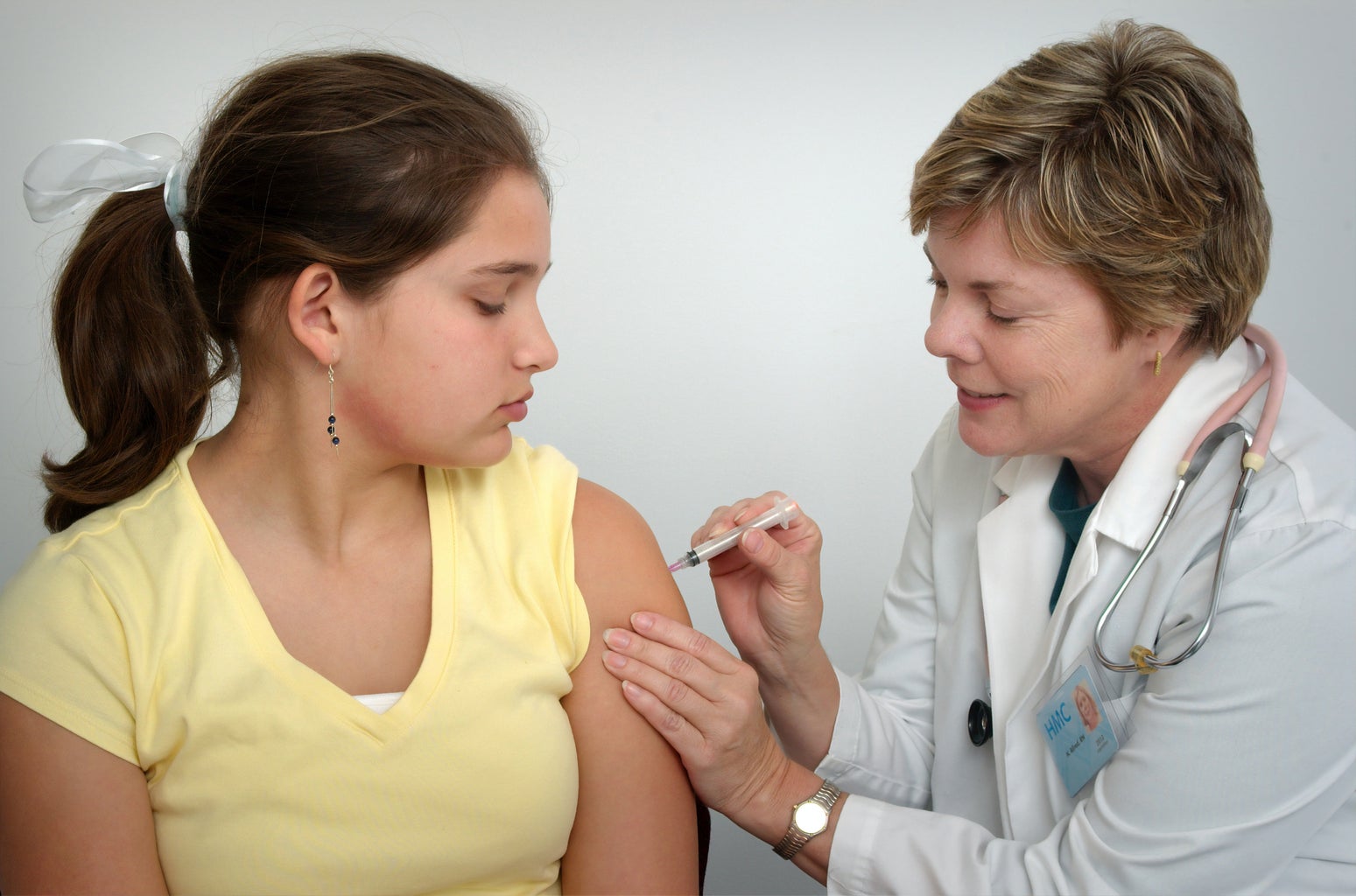With all the talk about the different COVID-19 vaccines, it makes sense that people are wondering about the potential differences between them! Currently, there are three vaccines that are on the market right now and two that are in Phase 3 of their clinical trials. The Pfizer-BioNTech, Moderna and the Johnson & Johnson vaccines are the ones that are currently being used in hospitals, doctor’s offices and vaccination clinics. The AstraZeneca and Novavax vaccines are the ones that are currently still undergoing clinical trials.
It’s a lot to take in at once, and it’s hard to figure out which one might be the best fit for you. After all, these vaccines are all fairly recent, and everyone’s still a little confused on what to expect!
First things first, two of the vaccines currently on the market are mRNA vaccines, which is a new type of vaccine that has been recently developed! This is an incredible leap in progress! These mRNA vaccines teach our molecules to code for a new type of protein called a spike protein that will trigger an immune response from our immune systems. This leap in mRNA progress was also discovered due to a woman’s persistent research into mRNA as a concept. Her name is Katalin Kariko, and her work in immunology cannot be understated.
The vaccines that use mRNA are the Pfizer and Moderna vaccines, whereas Johnson & Johnson is a vector vaccine. This difference is the reason why the Johnson & Johnson vaccine will have some pretty consistent differences from the other two when comparing them on certain topics, like efficacy and dosage.

Initially, it may look like all the vaccines are similar copies of each other, but that’s not the case. The first, and arguably the largest, difference between the three that are being administered right now is the fact that the Pfizer and the Moderna vaccines require two doses, whereas the Johnson & Johnson vaccine requires only one.
In terms of how rapidly the vaccines work, the Johnson & Johnson vaccine looks as if it gives results the fastest. Two weeks is all it takes for the Johnson & Johnson vaccine to become effective; however, it only has a 72 percent overall efficacy compared to Pfizer and Moderna’s respective 95 percent and 94.1 percent efficacy. So, take the speed with a grain of salt. The Johnson & Johnson vaccine seems to be the weakest contender out of all the vaccines right now.
The Pfizer vaccine has two doses, 21 days apart from each other, while the Moderna also has two doses, but 28 days apart from each other. They’re both roughly within the same range in terms of time and results.
In terms of who can be administered the vaccines, Pfizer can be given to people over 16 and up, while Moderna and Johnson & Johnson are an 18 and up vaccine only. All companies are currently testing on how effective it can be to children in younger age ranges, so this may change sometime in the future.
So, while the vaccines do initially seem to be very similar to each other, it’s important to still look into the differences between each one and to see which may be the best for you at this current time! Health is no joke, and making sure to get the vaccine that you think will best suit you is a great way to take care of yourself.



